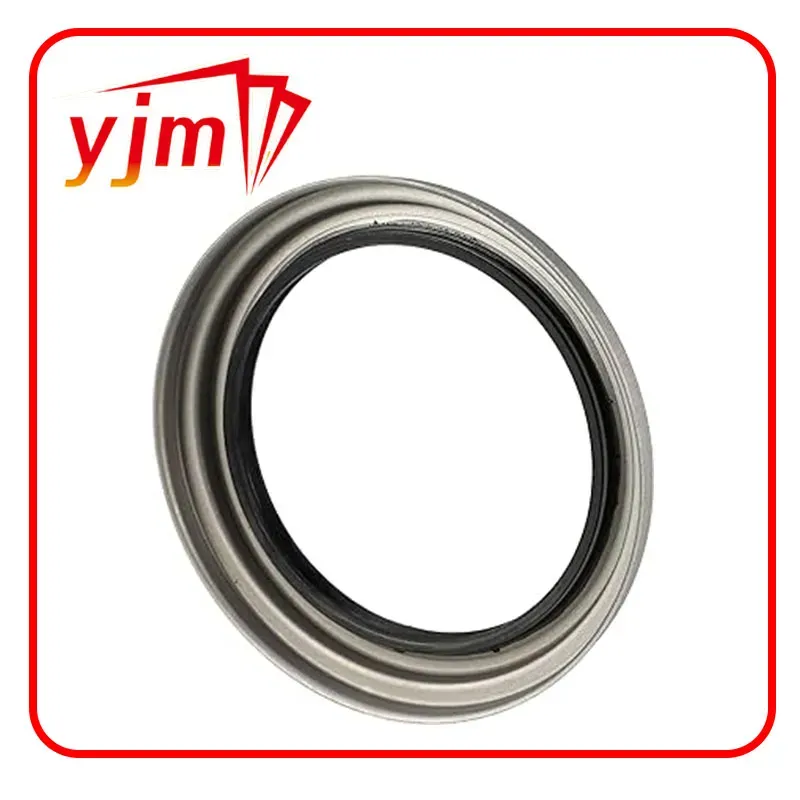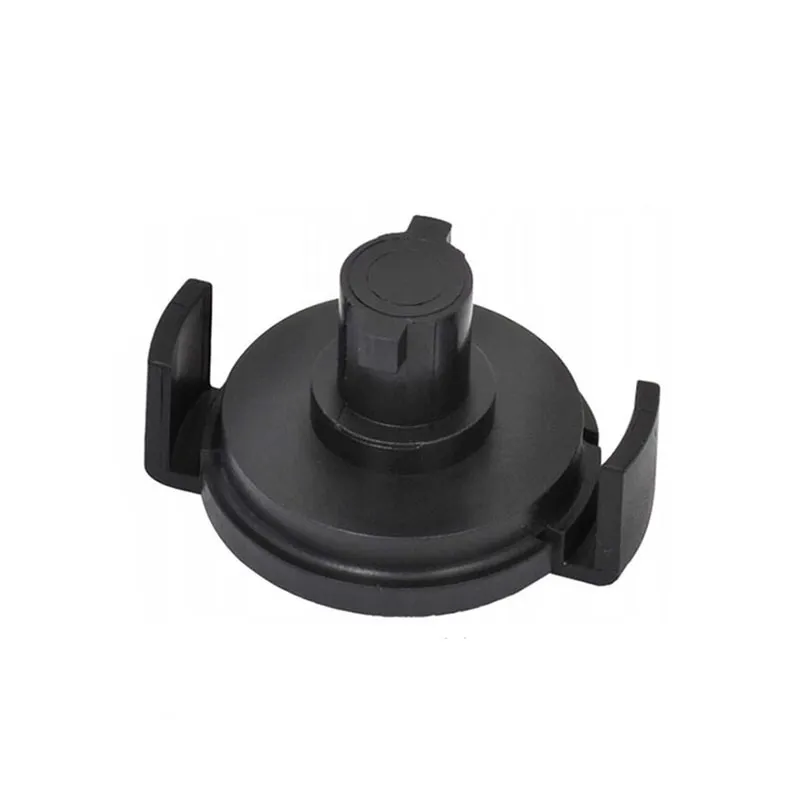Bonded Seals (Dowty Seals)


From a practical standpoint, routine maintenance and monitoring are indispensable practices. Even the most robust O-ring piston seals are susceptible to wear over time due to friction, chemical exposure, or mechanical stress. Regular inspections under operational and off-line conditions can help detect early signs of deterioration, such as surface cracks or flattening, that might otherwise lead to system failures. Maintaining a log of maintenance activities can also assist in predicting and preventing future issues. In keeping with the contemporary thrust towards environmental sustainability, it’s also worth considering the lifecycle impact of seal materials. Some manufacturers have started to offer eco-friendly alternatives that do not compromise on performance. These innovations use sustainable manufacturing processes or materials that reduce environmental impact. Opting for such green options might provide an additional layer of consideration, beyond traditional efficacy metrics. Lastly, it’s essential to remain updated with ongoing advances in sealing technology. As industries evolve, so do sealing requirements and technologies. New composite materials, enhanced by nanotechnology or improved manufacturing techniques, are continually being developed. Engaging with trade publications, attending workshops, and continuous education sessions benefit decision-makers by providing fresh insights into emerging trends and helping to maintain competitive advantages. In conclusion, the selection of an O-ring piston seal should not be taken lightly. It requires a combination of technical expertise, material knowledge, and trust in the manufacturing process. By prioritizing these key considerations, industries can ensure optimal machinery performance and maximize the lifespan of their components. Whether in crafting, maintaining, or innovating with seals, the importance of a well-informed approach can never be understated, as it is integral to achieving operational excellence.
-
Understanding the Front Main Engine Seal: Purpose, Maintenance, and Installation
News Jul.29,2025
-
Understanding O-Rings and Seal Rings: Types, Applications, and Custom Solutions
News Jul.29,2025
-
Understanding Crankshaft Oil Seals: Rear Seals, Pulley Seals, and Their Role in Engine Integrity
News Jul.29,2025
-
The Importance of Front and Rear Crankshaft Seals in Engine Performance and Oil Management
News Jul.29,2025
-
Crank Oil Seals: Functions, Types, and Cost Considerations in Engine Maintenance
News Jul.29,2025
-
A Comprehensive Guide to O-Rings and Seals: Types, Materials, and Global Applications
News Jul.29,2025
-
Mastering Diesel and Performance Engine Maintenance: A Guide to Critical Oil Gaskets
News Jul.28,2025
Products categories















